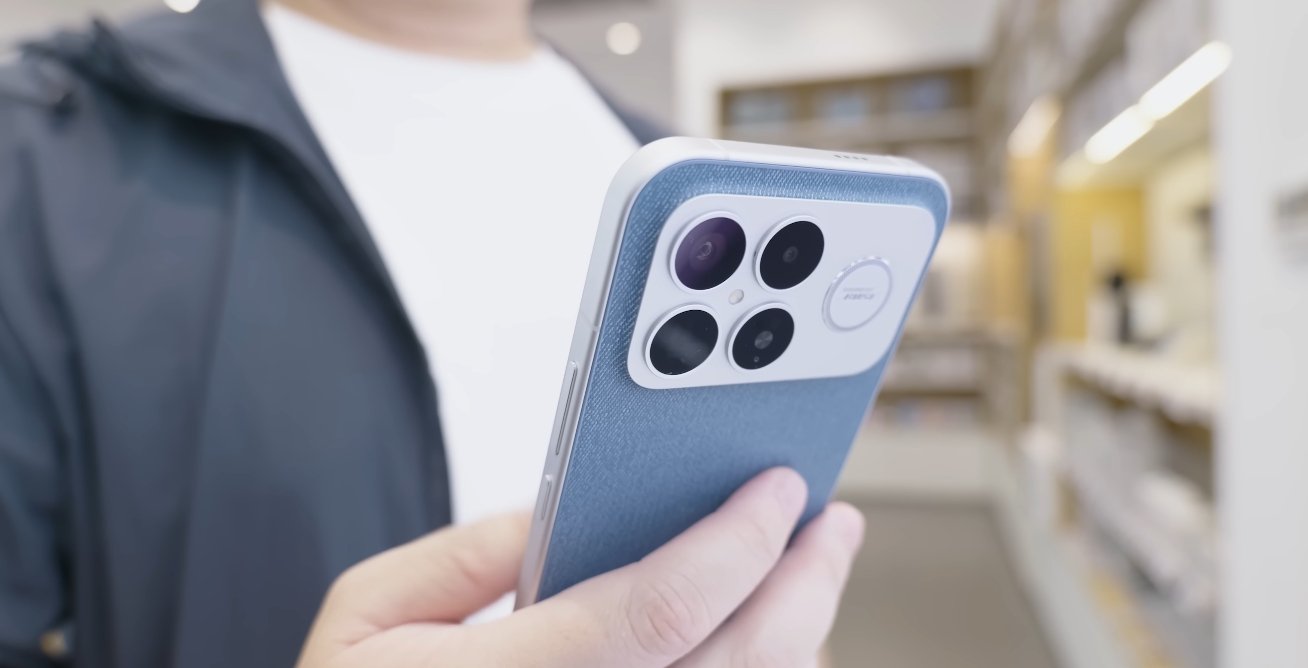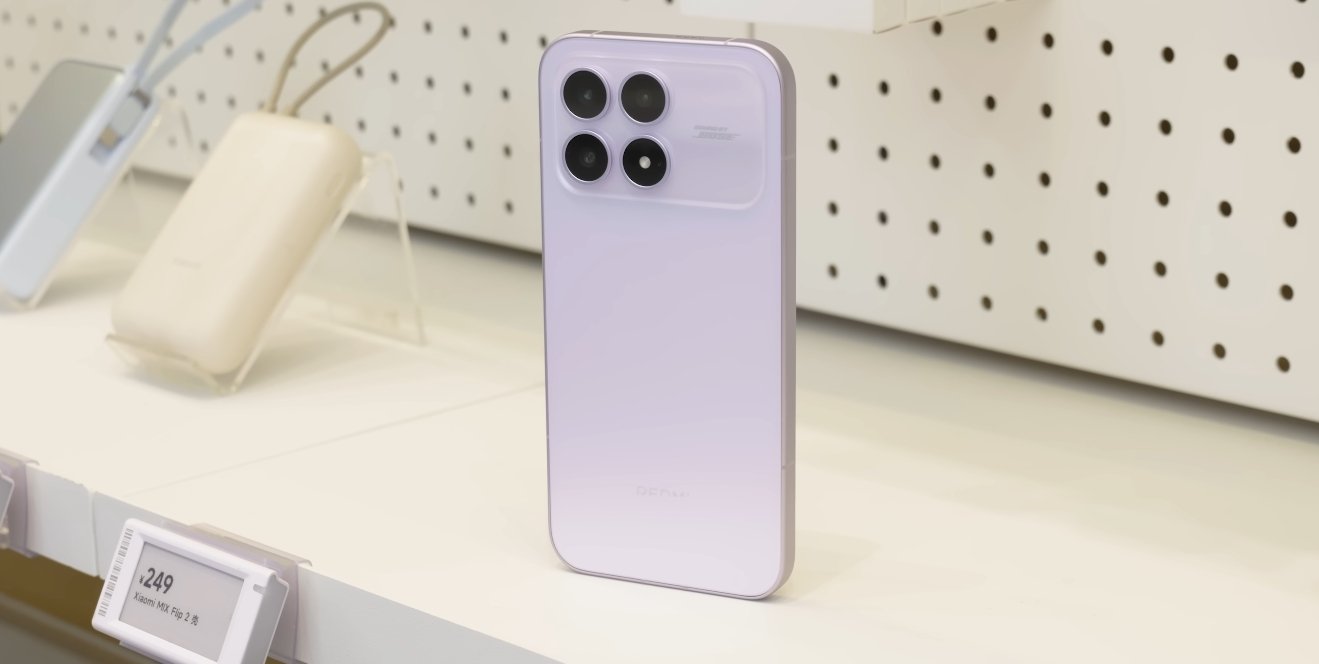How Redmi’s new display handles the country’s toughest lighting conditions
The Redmi K90 Pro Max has drawn attention not only for its high-end specifications and performance but also for its impressive display technology. In the United Kingdom, where lighting conditions change dramatically from summer brightness to winter dimness, a phone’s screen quality can make or break the daily experience. The question for many prospective buyers is simple: can this display truly handle the unique challenges of UK light—from glaring summer sun to grey, gloomy afternoons?
The K90 Pro Max features an advanced OLED display designed to reach remarkable peak brightness levels, making it well suited for outdoor visibility. UK sunlight, though not as harsh as in tropical climates, can still be difficult for smartphones to overcome when reflected off glass, concrete, or wet surfaces. During tests under bright daylight, the K90 Pro Max’s screen manages to remain legible even when the sun is directly overhead. The display’s brightness dynamically adjusts to ambient conditions, maintaining color integrity and contrast without washing out the image. Text stays readable, icons remain clear, and video playback looks vibrant even while walking outside or navigating busy city streets.
What makes this possible is a combination of strong maximum brightness and a refined adaptive brightness algorithm. The phone intelligently senses environmental light and responds quickly, avoiding the frustrating lag some displays show when moving from shade to sunlight. In cities like London or Manchester, where clouds can clear suddenly and light intensity changes within moments, this responsiveness is particularly valuable. The display also includes anti-reflective and polarizing layers that reduce glare from glass buildings or car windows, an important feature in urban environments where reflections can make screens almost unusable.

The benefit of this screen extends beyond raw brightness. The Redmi K90 Pro Max’s OLED technology provides vivid color reproduction without oversaturation. This ensures that photos and videos look natural rather than artificially boosted, even in high-brightness conditions. Colors retain depth, blacks remain rich, and whites stay clean, which helps users appreciate their content without strain. Whether browsing social media outdoors or watching a movie on a train, the screen adapts smoothly to the changing environment without compromising quality.
However, it’s not just sunlight that challenges UK smartphone users—it’s also the long, dim winters. As daylight hours shorten, people spend more time indoors under artificial light or in near-dark environments. The K90 Pro Max excels here too. It can lower its brightness to extremely comfortable levels while maintaining sharpness and color accuracy. Its minimum brightness level is low enough for nighttime reading without glare, which prevents eye strain when checking messages or watching videos in dark rooms. The inclusion of DC dimming technology reduces flicker at low brightness, making it easier on the eyes during extended use.
During evening commutes or late-night scrolling sessions, the phone’s eye protection mode becomes particularly useful. By reducing blue light emission and softening tones, it creates a warmer viewing experience that aligns with natural circadian comfort. This feature is especially relevant in the UK, where the long winter nights often lead to extended screen time indoors. The combination of hardware dimming and adaptive software makes the display one of the most comfortable in its category for prolonged viewing.
Still, no display is perfect. Under certain conditions, such as direct reflections from wet pavements or metallic surfaces, users might need to manually increase brightness to maintain perfect readability. While the K90 Pro Max’s auto-brightness system performs admirably, some users may prefer fine-tuning brightness manually during extreme conditions. Yet, even with such occasional adjustments, the overall usability remains excellent. The display transitions smoothly between bright and dark environments, which is particularly helpful when stepping indoors from sunlight or vice versa.
Thermal performance also plays a role. Extended outdoor use under bright sunlight can cause many phones to dim automatically to prevent overheating. The K90 Pro Max, however, manages this balance well. Its efficient OLED panel and power management system allow sustained high brightness for longer durations without excessive heat buildup. This makes it suitable for extended outdoor navigation, photography, or streaming sessions even during warm summer days.
In everyday use across the UK’s varied conditions, the display’s flexibility is what stands out most. From early morning brightness in open fields to late-night reading under soft indoor lighting, it maintains a balanced, comfortable visual experience. The brightness range—from extremely low to exceptionally high—ensures that the device adapts seamlessly, reducing the need for constant user adjustment. For professionals, commuters, and content creators alike, that level of consistency adds real value.
In conclusion, the Redmi K90 Pro Max easily meets the demands of UK lighting conditions. It delivers exceptional outdoor visibility during sunny days while remaining gentle and adaptable during long, dark winters. The combination of peak brightness, intelligent auto adjustment, and advanced dimming technology ensures that users can rely on the display all year round. Whether you’re navigating in summer sunlight or checking notifications on a gloomy winter morning, the K90 Pro Max proves that its screen is not just bright—it’s smart, comfortable, and built for the UK’s unique climate.
Also Read: How the Redmi K90 Pro Max compares to Google Pixel and Samsung Galaxy in UK specs

